Many consumers like to wear cosmetics and use personal care products to protect their appearance and feel good about themselves.
These products can be made from a number of different substances, including natural and plant-derived ingredients, such as essential oils. Over the years, many new products have been developed, but one of the most common ingredients in cosmetics is fragrance.
Fragrance in cosmetics refers to a mixture of fragrant essential oils and their synthetic derivatives used for adding perfumes and flavors in cosmetics.
Taking You Back to the Past…
The use of perfumes dates back a thousand years ago when ancient people used herbs and spices, such as coriander, almond, myrtle, and flowers, in perfumes. The art of making perfumes started in ancient Mesopotamia and Egypt and over the years, was refined by the Persians and Romans.
Tapputi was the world’s first-recorded perfume maker in the 2nd millennium B.C. in Mesopotamia. According to the records, she distilled flowers, oil, and calamus combined with aromatics.
In the 11th century, Sina, a Persian chemist, introduced the process of extracting oils from flowers through distillation. In 1221, the art of perfumery was introduced in western Europe; and by the 16th and 17th centuries, perfumes were used by the wealthy to conceal body odors due to their infrequent bathing.
By 1693, Giovanni Paolo Feminis, an Italian barber, created eau de cologne. By the 18th century, the Grasse region of Sicily, France, and Calabria started growing aromatic plants to support the growing perfume industry with raw materials. It was in the late 19th century that modern perfumery started.
Making Perfumes
Over the years, the science behind fragrance and perfumes have progressed. There needs to be a deeper understanding of fragrance material chemistries and their dynamics together. With that, it’s safe to say that the chemistry behind the creation of perfumes and fragrances is highly specialized. It requires knowledge of various substances and how they interact to produce your perceived and desired scent.
Additionally, many factors need to be considered when creating a fragrance, which includes the strength of the smell, the compatibility of ingredients, the stability to light and heat, and their interaction with the packaging. The properties of the ingredients must be considered as well once they’re applied to the skin.
Keeping Things Safe
Fragrance in cosmetics should be safe for consumers based on the label directions or how they are customarily used. It is the responsibility of fragrance manufacturers and organizations to ensure the fragrances in cosmetics are safe to use.
Their safety is assessed through a comprehensive program by the International Fragrance Association (IFRA) that provides recommendations for good manufacturing practices and guidelines on fragrance ingredient safety assessment.
The Secret of Fragrances Remain a Secret But…
The precise formula of commercial perfumes is kept secret, and even if some are published, they are filled with complex chemical names. Therefore, the most practical way to describe a fragrance is based on the notes or family to which it belongs.
Conclusion
Fragrance is one of the most important factors in a consumer’s purchasing decision. As a consumer yourself, you might be drawn to scented cosmetic products more, especially if they appeal to your senses. Now that you are more familiar with all things scents, you’ll have a deeper appreciation for the fragrance in your cosmetics kit!
If you want to add grooming products to your daily regimen, go for those in desirable scents! Here at Alexandria Fragrances, we have a wide selection of fragrances, grooming products, and diffuser oils your sense of smell will surely love. Shop now!

